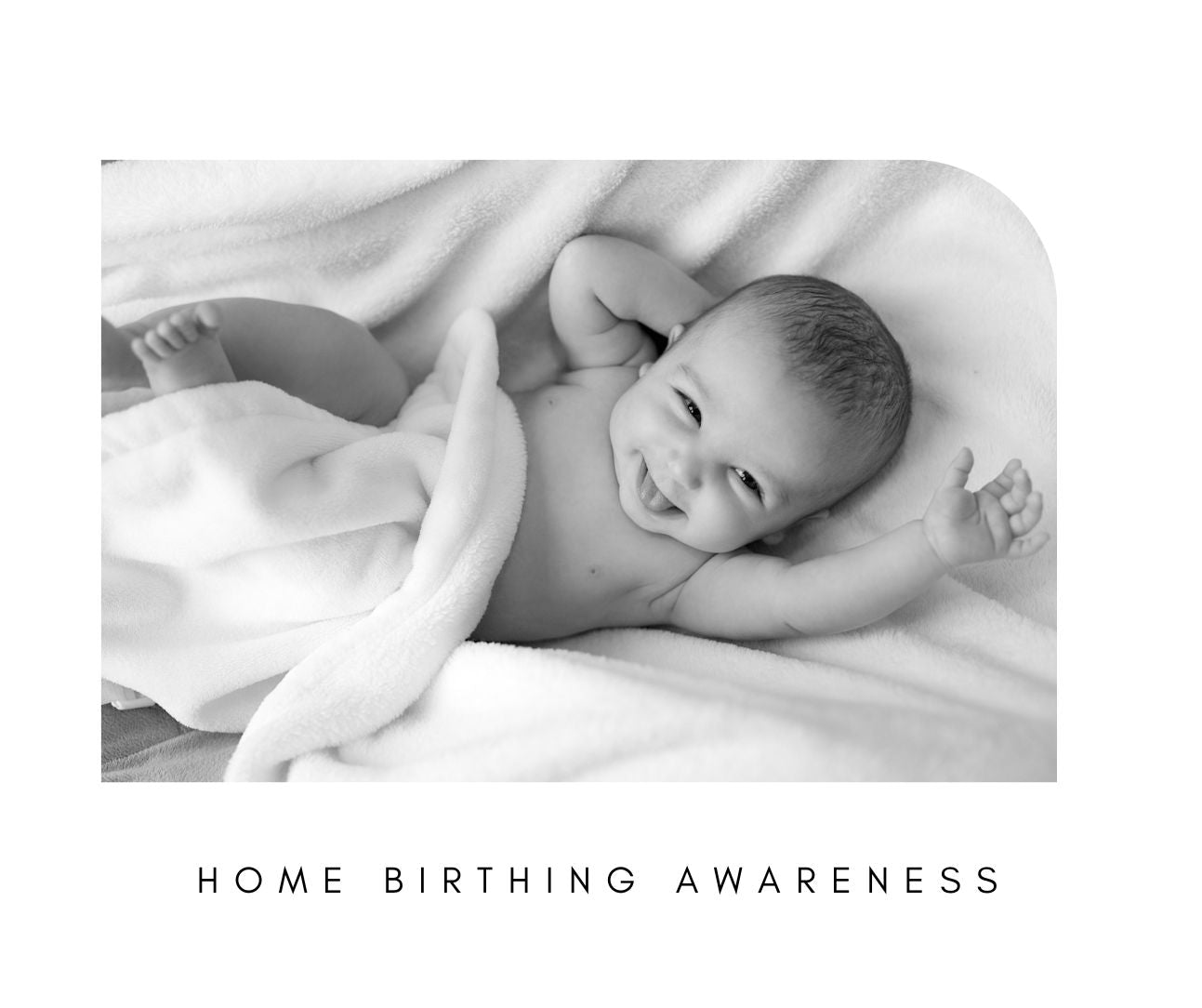Closure of Your Baby's Fontanelle

Closure of Your Baby's Fontanelle
The closing of a baby's fontanelle, commonly referred to as the "soft spot," is a vital part of early child development. At birth, babies have several fontanelles that allow for flexibility during childbirth and provide space for the brain to grow. The most noticeable and commonly known of, is the anterior fontanelle, located on the top of the head. This soft spot typically begins to close at around 6 months of age and is usually fully closed by 18 to 24 months. The closing process is gradual, as the soft, fibrous tissues between the skull bones slowly calcify and harden into bone. This natural process permits the skull to expand in tandem with brain growth, ensuring sufficient space for cognitive development while eventually forming a solid and protective structure around the brain. Regular check-ups with a paediatrician can help monitor the progression of fontanelle closure to ensure it is on track.
While the closing of a baby's fontanelle is an important milestone, it can also be a source of concern and confusion for new parents. Many worry about accidentally harming the soft spot or causing damage to their baby's brain development. However, it's essential to know that the fontanelles are well-protected by a tough membrane and the surrounding skull bones. As long as proper care is taken, there is no need to stress over this natural process.
It's also common for parents to wonder if they should be doing anything specific to aid in the closure of their baby's fontanelle. The truth is, there is no known way to speed up the process or ensure a quicker closure. Each baby's development is unique, and their fontanelles will close at their own pace. However, providing proper nutrition and ensuring your baby gets enough tummy time can help promote healthy brain growth and development.
As babies grow and develop into toddlers, it's essential to keep an eye on the now-closed fontanelle. If you notice any swelling or bulging in the area, it could be a sign of increased pressure in the skull and may require medical attention.
Common Misconceptions and Unnecessary Concerns
When it comes to the fontanelle, parents often have several misconceptions and worries. One common misconception is that the fontanelle is extremely fragile and any touch could harm the baby. While it is true that the fontanelle is a delicate area, it is well-protected by a tough membrane, and gentle touch or light pressure won’t cause harm.
Another widespread worry is the fear that a sunken fontanelle always indicates dehydration or serious illness. While a sunken fontanelle can be a sign of dehydration, it can also be influenced by the baby’s position or minor changes in fluid levels. It is important to look at other symptoms, such as dry mouth, fewer wet diapers, and lethargy, before jumping to conclusions.
Parents may also be concerned about the fontanelle's size and shape, fearing that any deviation from what they perceive as normal could indicate developmental problems. However, fontanelles naturally vary in size and shape among babies. Slight pulsations in the fontanelle area are also normal and simply reflect the baby’s heartbeat.
It is crucial to dispel these myths and equip parents with accurate information, helping them focus on the actual signs that warrant medical attention and giving them peace of mind during their baby’s early development stages.
Potential Complications
Additionally, if you have concerns about the shape of your child's head, there are a few signs of complications related to the fontanelle that parents should be aware of. One potential sign of trouble is if the fontanelle appears sunken, which could indicate dehydration. Another concerning sign is if the fontanelle remains open beyond the typical timeframe, which could be a symptom of underlying medical conditions such as hypothyroidism or a genetic disorder. Additionally, if the fontanelle is overly firm or bulging without an apparent reason, it could be a sign of increased intracranial pressure, which may result from conditions like hydrocephalus or a brain tumour. In any of these cases, it is crucial to seek medical advice promptly, as early intervention can be key to addressing and managing any potential health issues. Always consult with healthcare professionals if you have concerns about your child's development to ensure their well-being and proper growth.
Tips for Monitoring Fontanelle
- Regular Check-Ups: Schedule regular paediatrician visits to monitor your child's overall health and fontanelle development. These professionals can provide the best guidance and early detection for any potential issues.
- Gentle Touch: While it might be tempting to frequently check the fontanelle, remember that it is a delicate area. Use a light touch when feeling the fontanelle to avoid any unnecessary pressure on your baby's head.
- Monitor for Changes: Be vigilant about any changes in the fontanelle, such as swelling, bulging, or it appearing sunken. These could be indicators of dehydration, increased intracranial pressure, or other medical conditions that need prompt attention.
- Hydration: Ensure your baby stays well-hydrated, which can prevent the fontanelle from becoming sunken, a common sign of dehydration.
- Proper Nutrition: Provide balanced nutrition to support your baby's growth and development. Nutrients like calcium and vitamin D are essential for bone development.
- Safe Environment: Create a safe environment to protect your baby's head from any injuries or trauma, which can affect the fontanelle.
- Tummy Time: Promote regular tummy time while your baby is awake and supervised. This not only helps with motor skills and muscle development but also reduces the risk of positional plagiocephaly, which can affect the shape of your baby's head.
- Parental Education: Educate yourself about the normal development of fontanelles and what signs to look for in case of potential concerns. Being informed can help you differentiate between normal changes and warning signs that require medical attention.
Monitoring your baby's fontanelle is crucial for ensuring their healthy development. If you’re ever in doubt, consulting healthcare professionals can provide clarity and peace of mind. Remember, each baby is unique and may have different variations in their fontanelles. As long as your baby's fontanelle shows normal signs of development, there’s no need to worry. Enjoy this special time with your little one and watch them grow and develop into a healthy child!
Additional Tips
- While it is important to monitor the fontanelle, try not to touch or press on it too often as this can cause discomfort for your baby.
- Consult with a healthcare professional if you notice any significant changes in the fontanelle, such as bulging or sunken areas, excessive pulsations, or delayed closure.
- Remember that every baby's development is unique and may differ from what is considered "normal." Trust your instincts as a parent and seek medical advice if you have any concerns about your baby's growth and development.
- Stay informed about other important aspects of your baby's health and development by attending regular check-ups and following recommended vaccination schedules.
- As your baby grows, the fontanelle will gradually become less visible and eventually close completely. This usually happens by the time they reach 18-24 months of age.
- It is normal for a small bulge or bump to appear on the fontanelle when your baby is crying or straining, as this is caused by increased pressure in their head. However, if the bulge does not go away when your baby calms down, consult with a healthcare professional.
- Remember to always support your baby's head and neck during handling or feeding to avoid any potential harm.
Conclusion
In conclusion, as the fontanelle is an essential part of a baby's development allowing for brain growth, it also provides important insights into your baby's health. It is a delicate area that requires gentle care and monitoring for any changes or abnormalities. By following these tips, you can ensure the well-being of your baby's fontanelle and understand what is normal during this critical stage of growth. Remember to consult with a healthcare professional if you have any concerns or questions about your baby's fontanelle. With proper care and attention, the fontanelle will eventually close on its own, signalling that your baby has reached an important milestone in their development journey. So, it is important for parents to educate themselves on the facts surrounding fontanelles and not let fear or misconceptions cloud their understanding. By doing so, they can confidently nurture their child's development and enjoy the precious moments of parenthood without undue worry.
~ jinki.com




